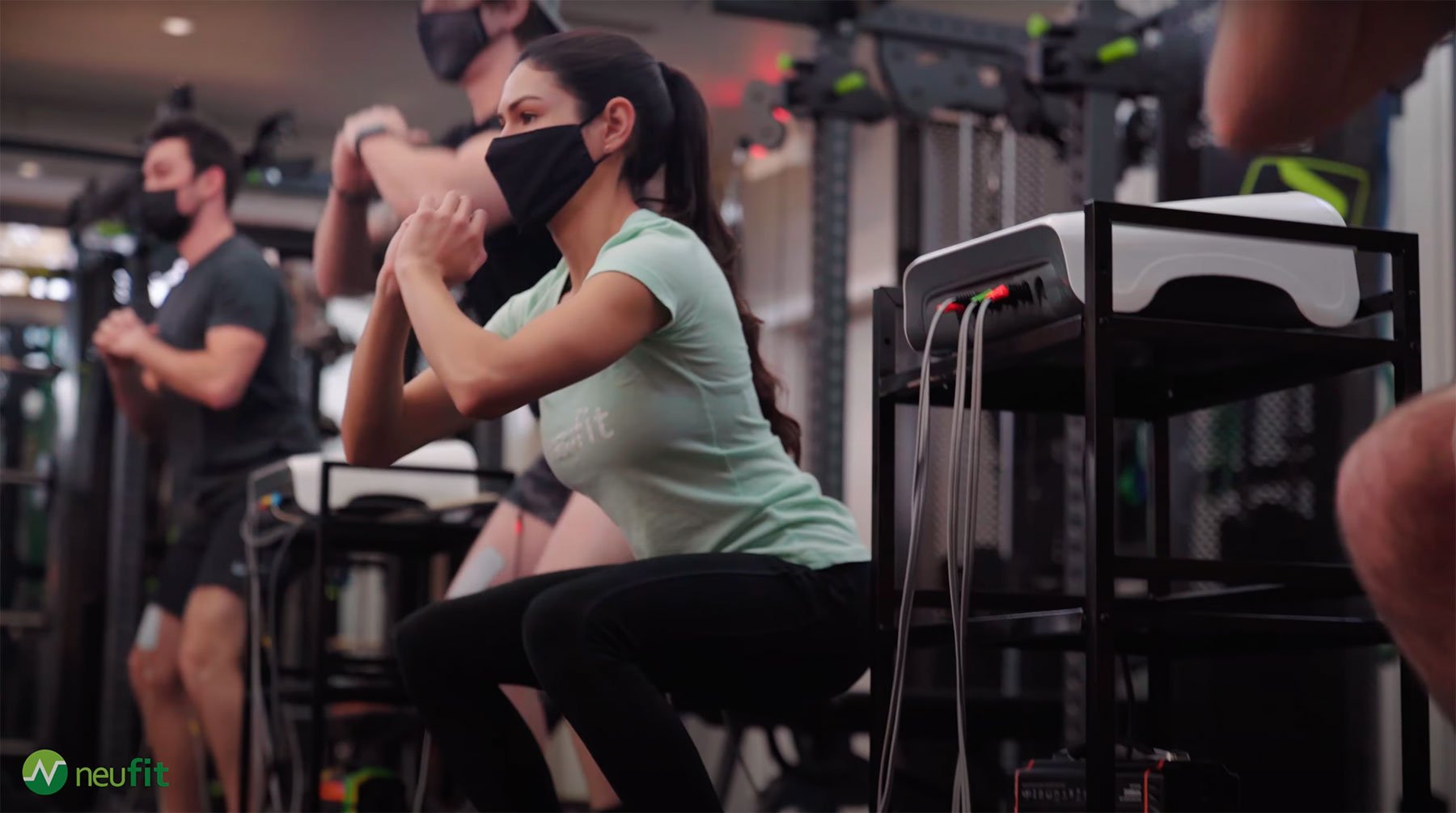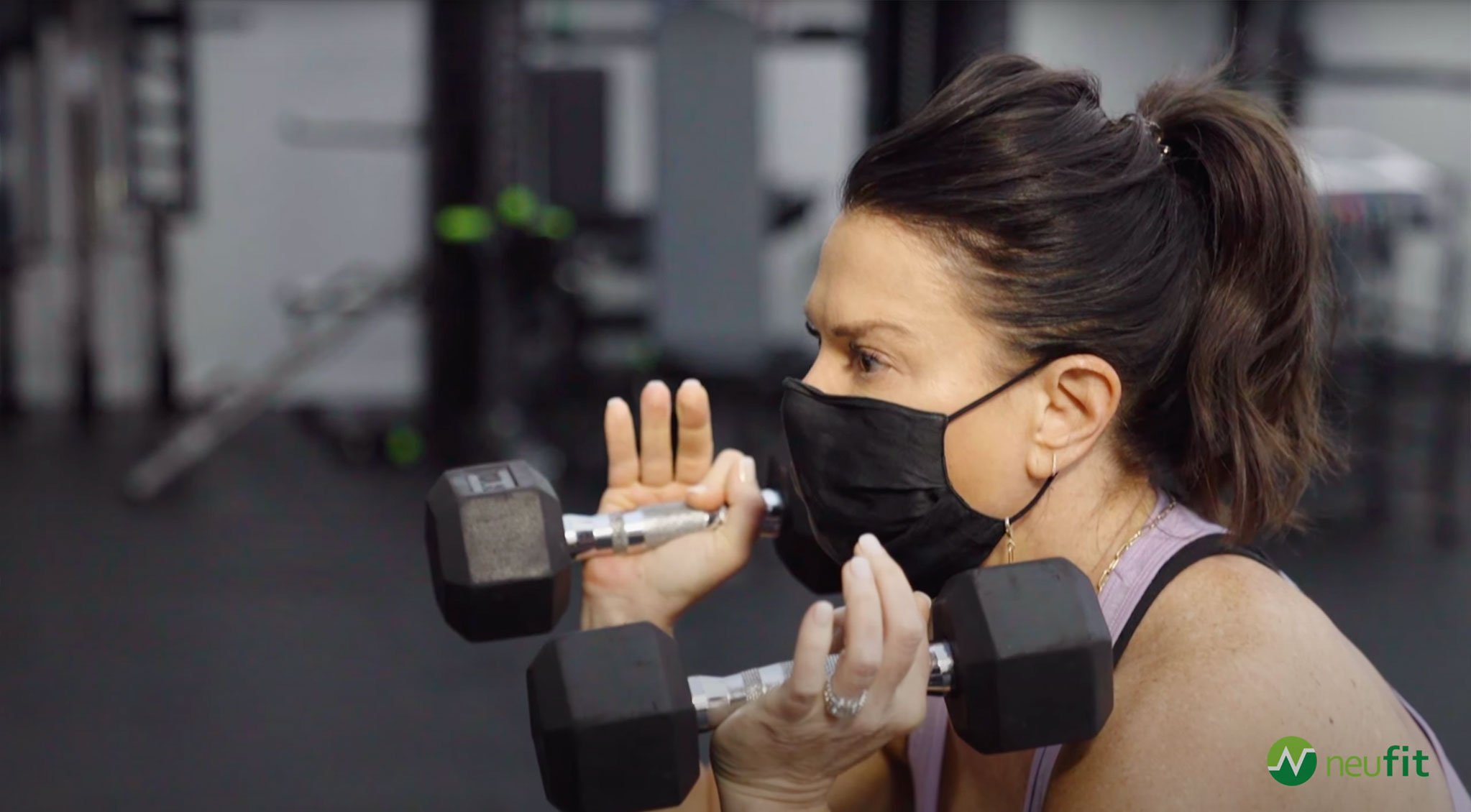Psychological resilience is an important dimension of resilience. The ability to stay cool under pressure is one of the keys to optimal nervous system health, whether you’re a basketball player at the free- throw line with a championship game at stake or a business executive on the cusp of a game-changing deal.
Special Forces operators like Green Berets and Navy SEALs— who endure months of grueling training to condition their nervous systems for life-threatening situations—are examples of a population with extremely high levels of psychological resilience. At the other end of the spectrum, many monks who spend their lives in meditation can also reach extraordinary degrees of mental resilience.
Though their methods and goals are different, both special operations soldiers and monks train themselves to handle scenarios that would trigger a stress response in the average person. That is, they develop the capacity to meet high-stakes challenges and psychological events without shifting into fight-or-flight mode.
Granted, most people don’t experience the types of situations a monk or a special operations soldier deals with on a regular basis. At the same time, the ability to handle stress neurologically is a key component of overall fitness for everyone. Why?
When we build psychological resilience, we also build our capacity to take on greater levels of challenge while remaining healthy and fit over the long term. At NeuFit®, two of the primary ways we help clients build this capacity are through using the Neubie® neuro-electrical stimulation device and controlling the breath.
Using the Neubie® Device to Build Psychological resilience
When using the Neubie device during a rehab or training session, there are times when we raise the power levels to the point where they push clients outside their comfort zone. In the face of discomfort, the lower parts of their brains start to panic, and most people naturally want to stop or quit.
However, if we can coach people to breathe and move through the current, an amazing thing starts to happen: they adapt to the current instead of fighting against it. Each time this happens, clients learn that they’re capable of handling more challenges than they previously thought. Over time, this process leads to positive neurological adaptations, including greater psychological resilience. The breath is key to facilitating these adaptations.
Breathing for Psychological resilience
The way a person breathes plays a major role in nervous system function and in the body’s stress response. Through the simple practice of nose breathing—especially during exercise, when it’s most challenging—we can train the nervous system to handle increasing levels of stress while remaining in a healthier, parasympathetic-dominant state.
Why does nose breathing make such a difference in nervous system function? It goes back to the idea of specificity of adaptation. In other words, the body responds and adapts to exactly what a person is doing.
Imagine, for example, that someone takes a twenty-minute run. The run can be helpful or harmful depending on how they do it.¹ If they’re practicing good posture, breathing in and out through the nose, and focusing on slowing down the breath while they’re running, they’re essentially teaching the body to stay calm in the face of stress. This way, even though their heart rate is increasing and they’re challenging the body’s energy systems, their nervous system doesn’t shift as significantly into fight-or-flight mode to meet the challenge.
On the other hand, if they go on a twenty-minute run and spend the entire time hunched over, panting, and breathing through the mouth, they’re training the nervous system to be in fight-or-flight mode. (By itself, mouth breathing signals the nervous system to shift towards fight-or-flight.) As a result, their body adapts to being in this state, signaling the nervous system to lock into sympathetic mode for the rest of the day.
In upcoming blog posts, we’ll go into more detail about how to use breathing to improve nervous system function, including various breathing techniques and a deeper discussion on breathing mechanics, oxygen, and carbon dioxide. For now, it’s important to keep in mind that practicing nose breathing during training—by intentionally overriding the impulse to breathe through the mouth—is one of the best ways to build resilience, both physical and psychological.
Let’s charge forward to better outcomes together!

